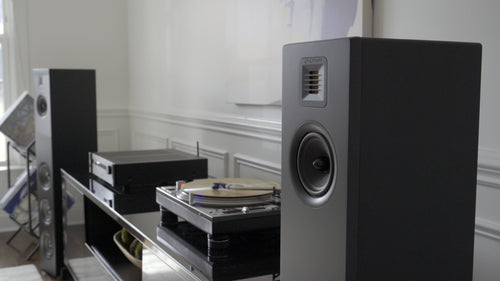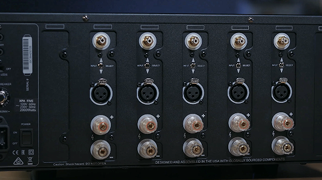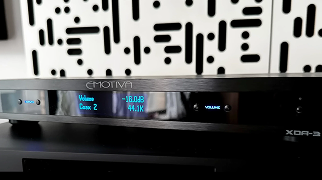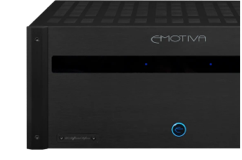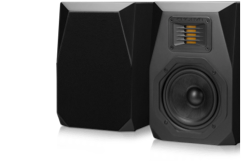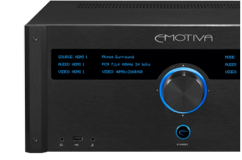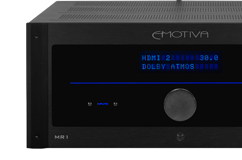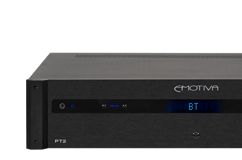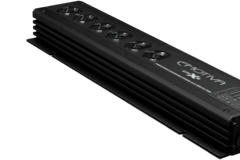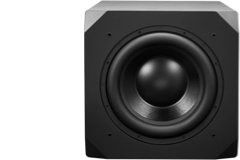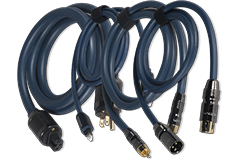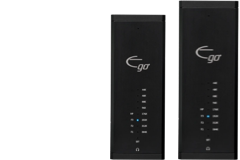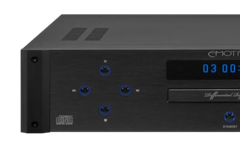
Many people don’t realize that, while choosing a good quality subwoofer is important, both where you choose to position it in your room, and how you configure it, are just as important in determining how it will sound.
Music, Movies, or Both
Some people still believe that, when purchasing a subwoofer, they have to choose between one that delivers plenty of punch and rattle for movies, and one that delivers good clean bass that sounds really good with music. While this may still be true for a few low cost subs these days, a good quality modern subwoofer should be able to deliver plenty of solid low bass and sound really good doing it.
A Word About Acoustics
The middle and upper frequencies produced by your main speakers travel largely in a straight line, reflect from hard shiny surfaces, and are absorbed by soft materials. Because of this, where your speakers are positioned in relation to your walls and listening position, and what your walls and floors are covered with, are very important. In contrast, the low frequencies delivered by subwoofers aren’t directional at all, but tend to be strongly influenced by where you position your sub in relation to room boundaries like walls and corners. You will also find that, based on the dimensions and shape of your listening room, certain listening spots may tend to have an excess of bass, while others may tend to offer bass that sounds thin and weak.
Location
Because the low frequencies produced by a sub are largely non-directional, the best position for your sub is usually determined by how it interacts with the dimensions of your room, and where your listening position is located in the room. The great thing about this is that your sub doesn’t necessarily have to be placed between your front speakers, or in the middle of a rear wall; it may sound perfect back in one side corner, or over on a side wall behind the couch. The not-so-great thing is that the spot where your sub sounds the best may not be the spot where it looks the best, and you may run into a conflict between where your sub sounds best and where it fits with your room décor.
You will also find that, while there is a relationship between the best place for your sub, and your listening position, they are somewhat independent. There will be spots in the room where your sub works the best. There will also be spots where the bass always seems to sound boomy, or where it always sounds thin and weak, and the easiest solution to that may be to move your favorite chair to a slightly different spot. Situations like this are tied in with the dimensions and shape of your room – and can be difficult to fix.
Calculating the best spot for your subwoofer mathematically is extremely complicated. However, one way to find the best spot for your subwoofer, which sounds a bit silly, but usually produces really good results, is called “the subwoofer crawl”. The idea is simple. Temporarily put your subwoofer in your favorite listening chair, or as close to it as you can. Then play some music with lots of good sounding clean bass. Now, crawl around on the floor, stopping and listening for a few minutes at each spot where you think you might be able to put your subwoofer. When you find the spot where the music, and especially the bass, sounds best… that will be a very good place to put your subwoofer.

Configuration
Configuring a subwoofer manually can be complicated. Luckily most home theater processors and AVRs have some sort of automatic room correction system that will take care of most of the details for you. However, there are a few things that you can do to help the room correction system in your processor or AVR produce the best possible results.
We’ve already covered the first and most important thing: Finding a good location for your subwoofer will give your processor a good start in configuring it to sound really good. Even the best room correction system will not be able to deliver great sound if your sub is in a really bad location.
Beyond that, if your subwoofer has a Phase control, you’ll make the job of your room correction system easier if you set it properly. To do this, you’ll want to play some music with lots of bass. Then simply turn the phase control until you hear the most bass when sitting at your favorite listening position. This will sound different at different spots in the room, so you want to listen from your favorite listening chair when you do it. If you have a switch instead of a knob, just pick the direction that seems to make the most bass. If it doesn’t seem to make much difference, then don’t worry about it. If your subwoofer has a setting for “flat” or “LFE” you should choose it. If it has a knob marked “crossover” or “frequency” you should set it to its highest setting, or the one marked “flat”. Most subwoofers have a knob for Level or Gain. If yours does you should set it somewhere in the middle (some may have a mark that shows their recommended location).
Bass Management
In a typical home theater system the subwoofer handles sound from two different places. All movies, and most surround sound music discs, have a separate channel for low bass. This channel is called the LFE (Low Frequency Effects) channel, and is always sent to the subwoofer if you have one.
In addition, if your speakers are set to small, then your system is configured to use a specific “crossover frequency”. (The term “small” is actually misleading; it would be more accurate to say “bass management enabled”). When bass management is enabled, for each channel, all of the upper frequencies, which are the ones we use to determine which direction a sound is coming from, are sent to each individual speaker. However, all of the very low bass, which we can’t localize well at all, and which is also the hardest range of frequencies for a typical speaker to reproduce with authority, is diverted to the subwoofer. The crossover frequency is simply the dividing line between the two. While you may get the best results with a slightly different value in some unusual situations, the industry standard setting for a subwoofer crossover is 80 Hz, and that works pretty well in most cases. It’s also worth noting that the dividing line isn’t perfectly sharp – so your regular speakers will make some output below the crossover point and your sub will make some output above it.

Summary
The subject of how many subwoofers to use, where to position them, and how to configure them, can be quite complex. In fact, whole books have been written about it, and you’ll find plenty of lively debates about it on the Internet. Hopefully we’ve provided you with some useful information to help you get started. What really matters is that you end up with a great sounding system. Different choices will work best in different situations… and there really is no absolute right or wrong… so pick the choices that work best for you with your system.
If you have a particularly unusual situation, or simply want some advice about what subwoofer you should purchase, or how to set it up. Feel free to give us a call or drop us an e-mail.
Share Post


